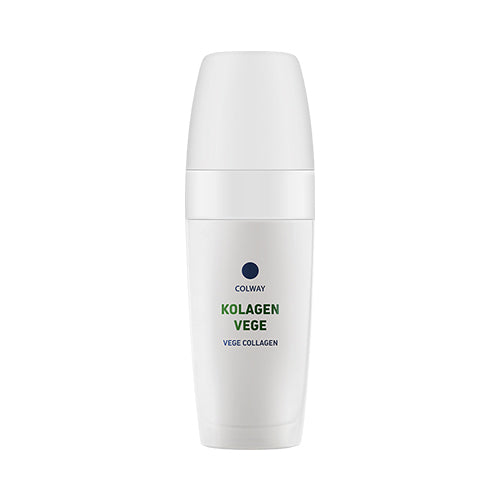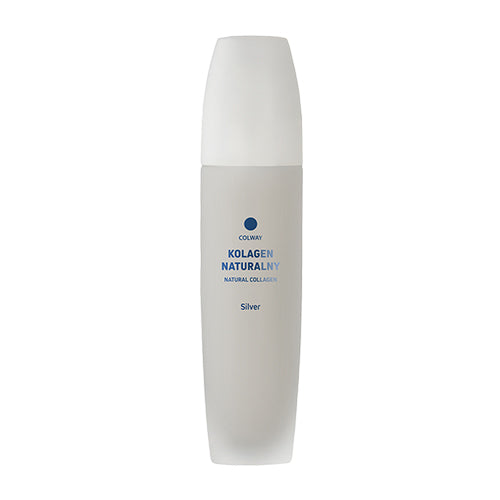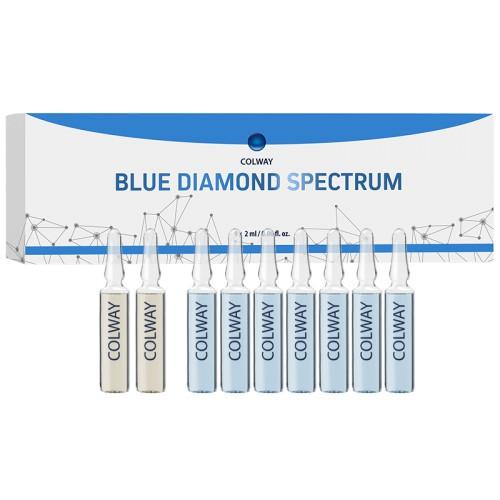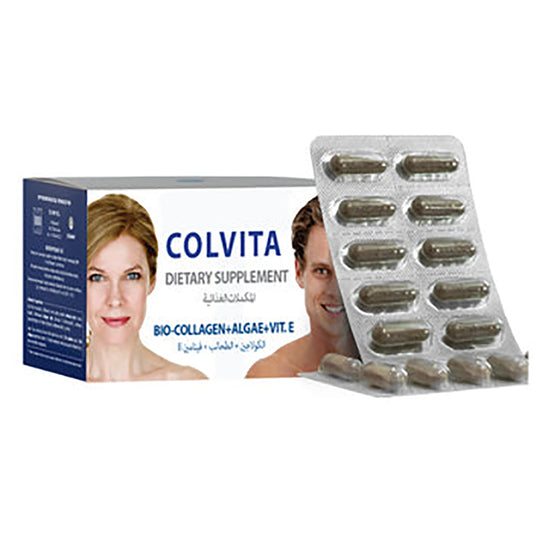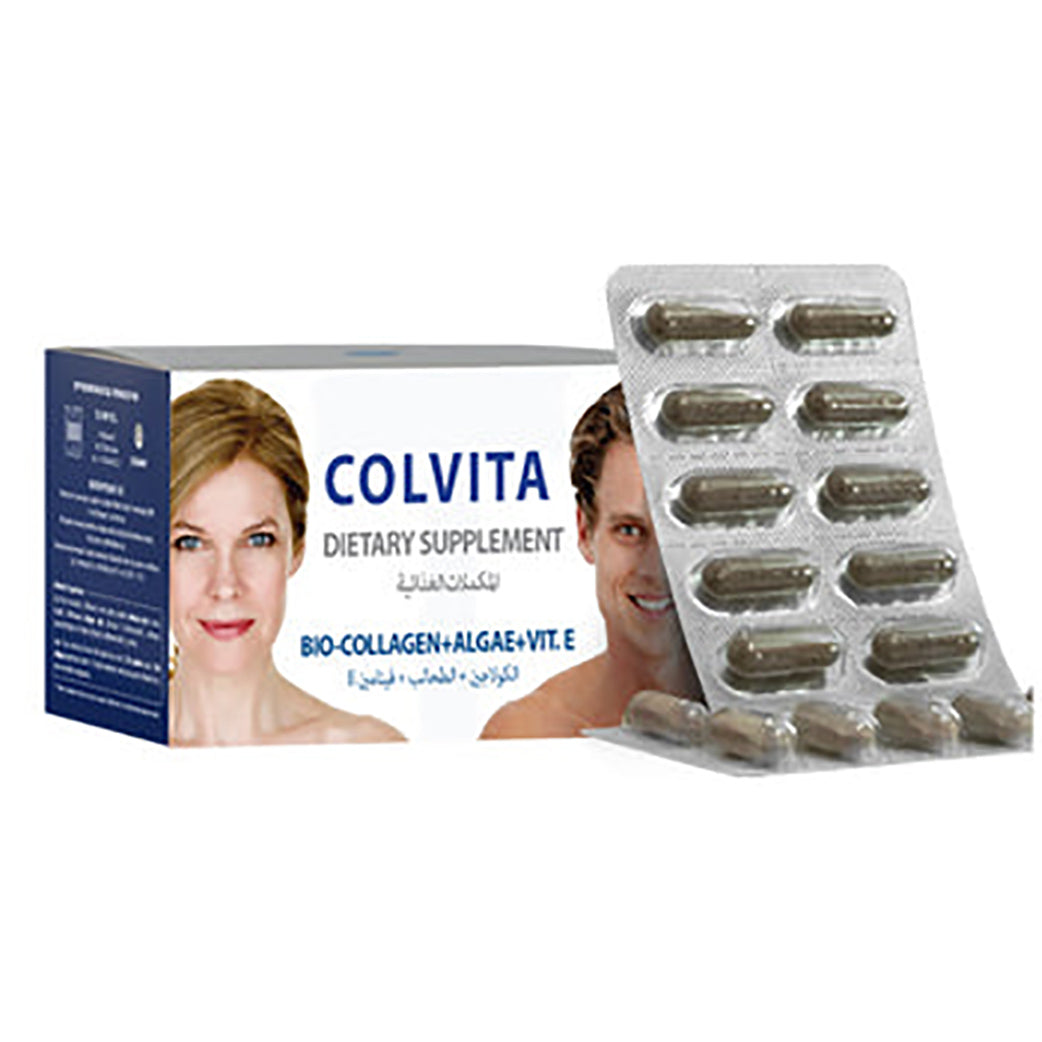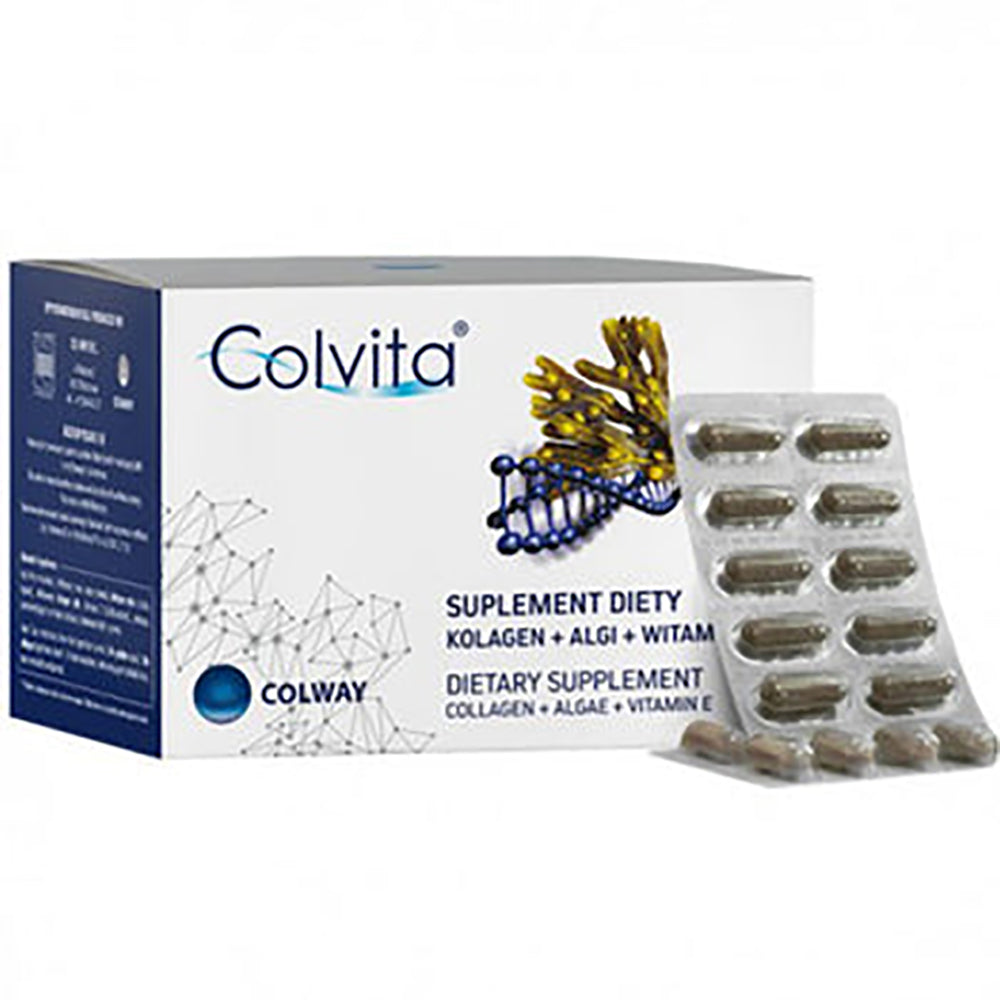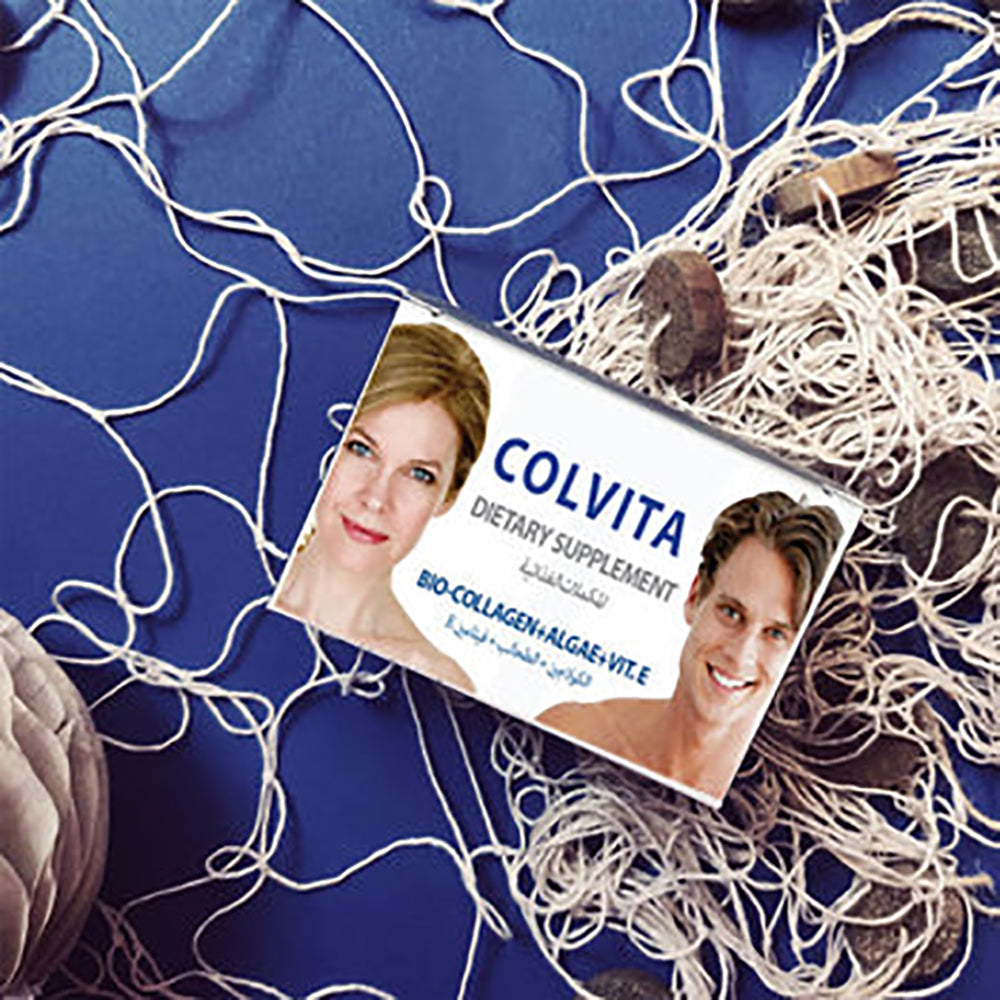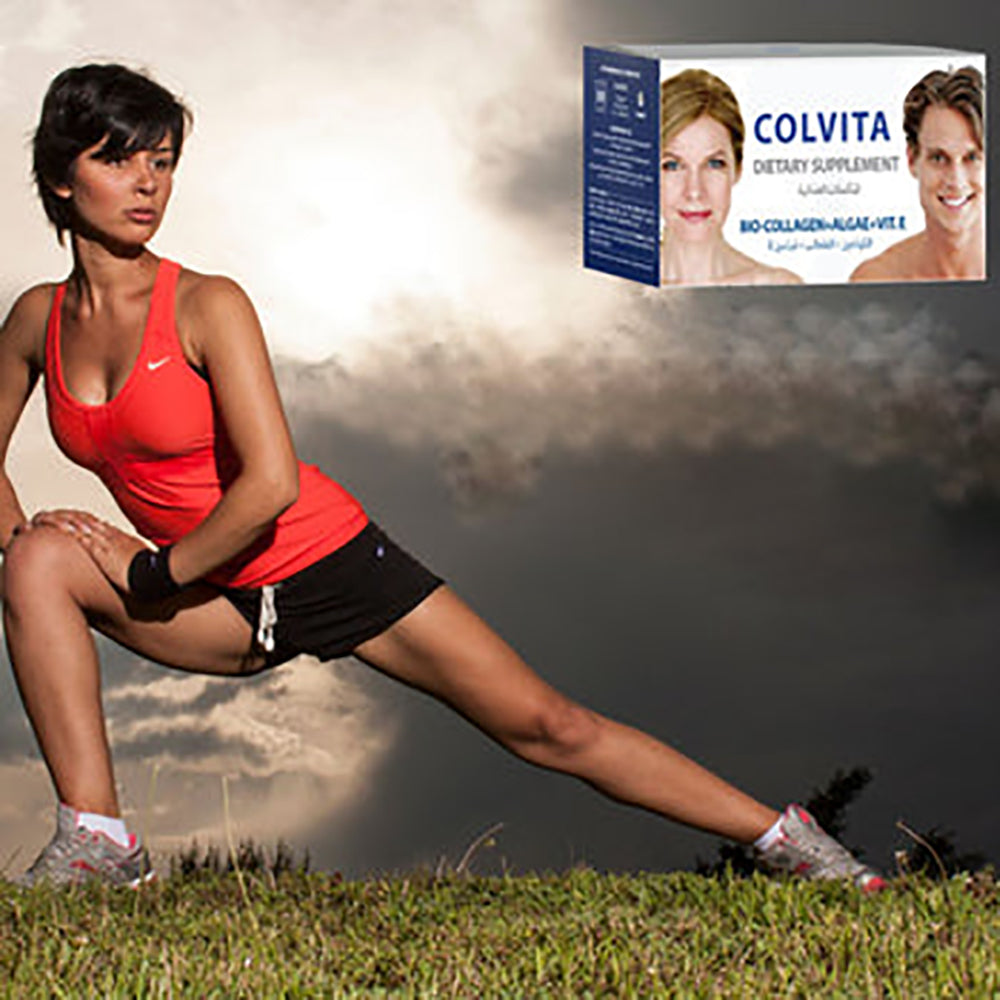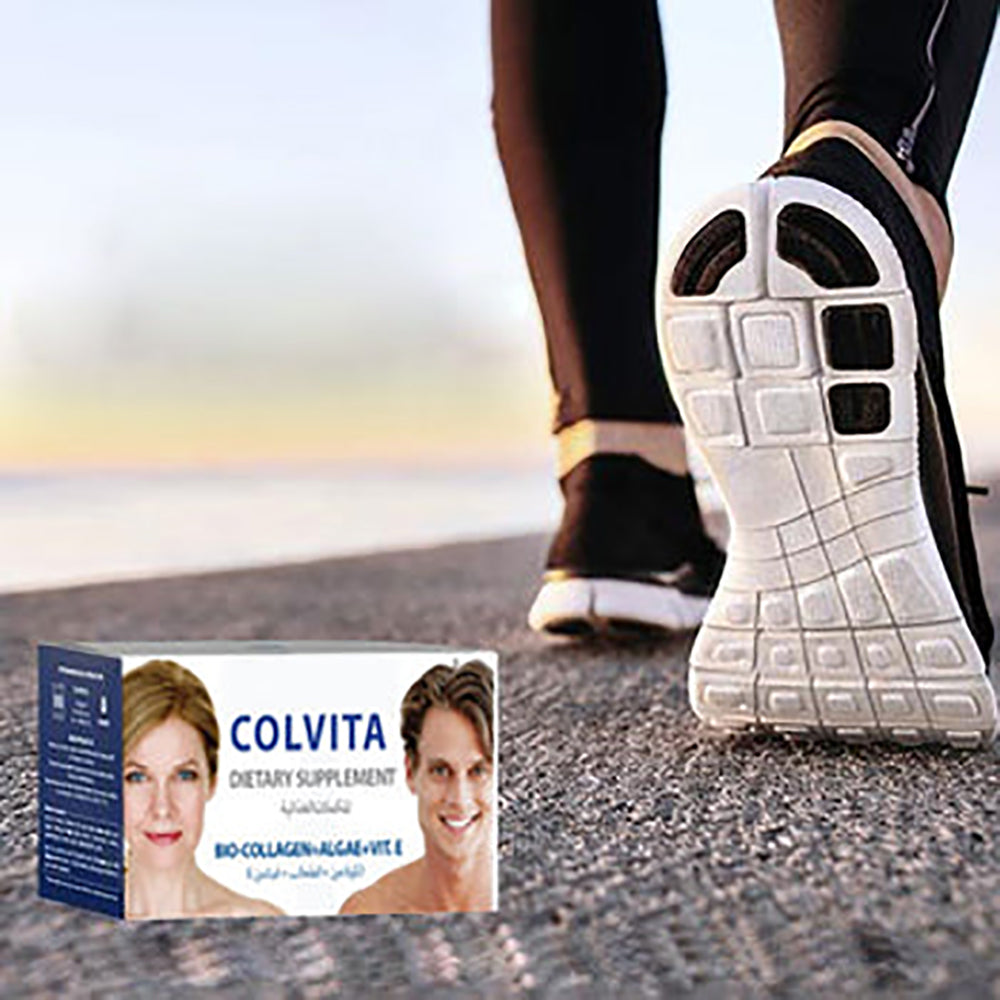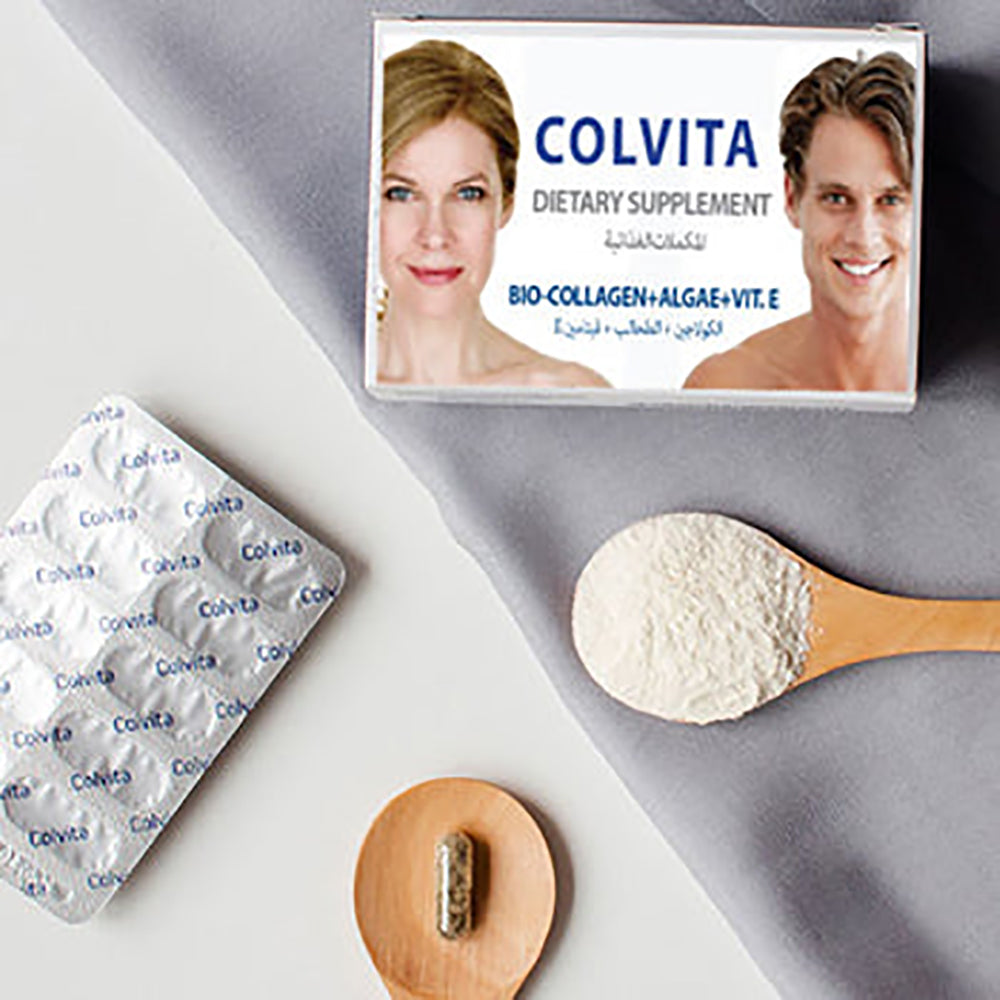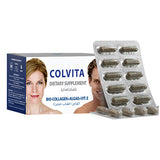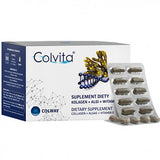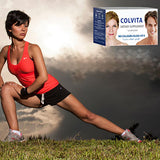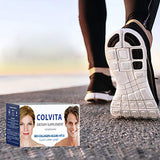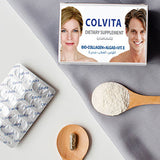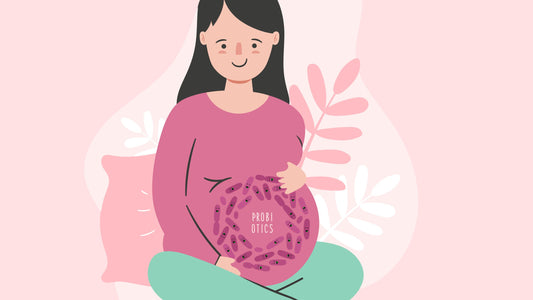The word collagen alludes to healing and bonding. It is derived from the Greek words kolla (glue) and gennao (I produce). A “producer of glue” is a suitable portrayal of collagen as this intercellular structural protein plays a fundamental role in holding the body together.
Collagen is the main protein in the skin and most powerful protein in our system. It represents 60% of the total skin content and 30% of all whole body protein content.. Its highest quantities occur in the skin, skeletal system, organ of sight, kidneys, liver and alimentary tract. The extracellular matrix, known as ECM, in which the body is submerged contains collagen which flows around the organs, supplementing existing structural defects.
The main function of collagen is to give the skin flexibility, tone and elasticity, as well as to moisturize and to stimulate. It is found in the dermis layer storing and releasing water to maintain the optimum texture level and constant renewal of cells, thus preventing wrinkles and stretch marks from forming. Collagen is produced by fibroblasts, the cells of connective tissues. The turnover of collagen occurs throughout the life of a human organism. Its renewal cycle is every 140-160 days - worn out collagen degrades and shortages are replaced
Over 20 types of collagen occur naturally in the human organism. Collagen type I, is the most abundant collagen in human body and is known to maintain the integrity of the dermis and ECM. Aging skin is admittedly related to the reduction of collagen type I. The synthesis of this type of collagen in skin takes place not only in fibroblasts, but also in the keratinocyte layer of the epidermis.
From age 25 onwards, the natural supplies of collagen weaken and become less productive. The body begins to lose its ability to create new collagen, losing collagen at a rate of 1.5% per annum. Free radicals and toxins destroy collagen fibers, and reducing levels of copper, vitamin A, C or E in the body adversely affect the natural production of collagen. The lack of new collagen leads to a host of symptoms associated with aging: sagging, fine lines, wrinkles, dryness, discolouration and uneven skin tone.


